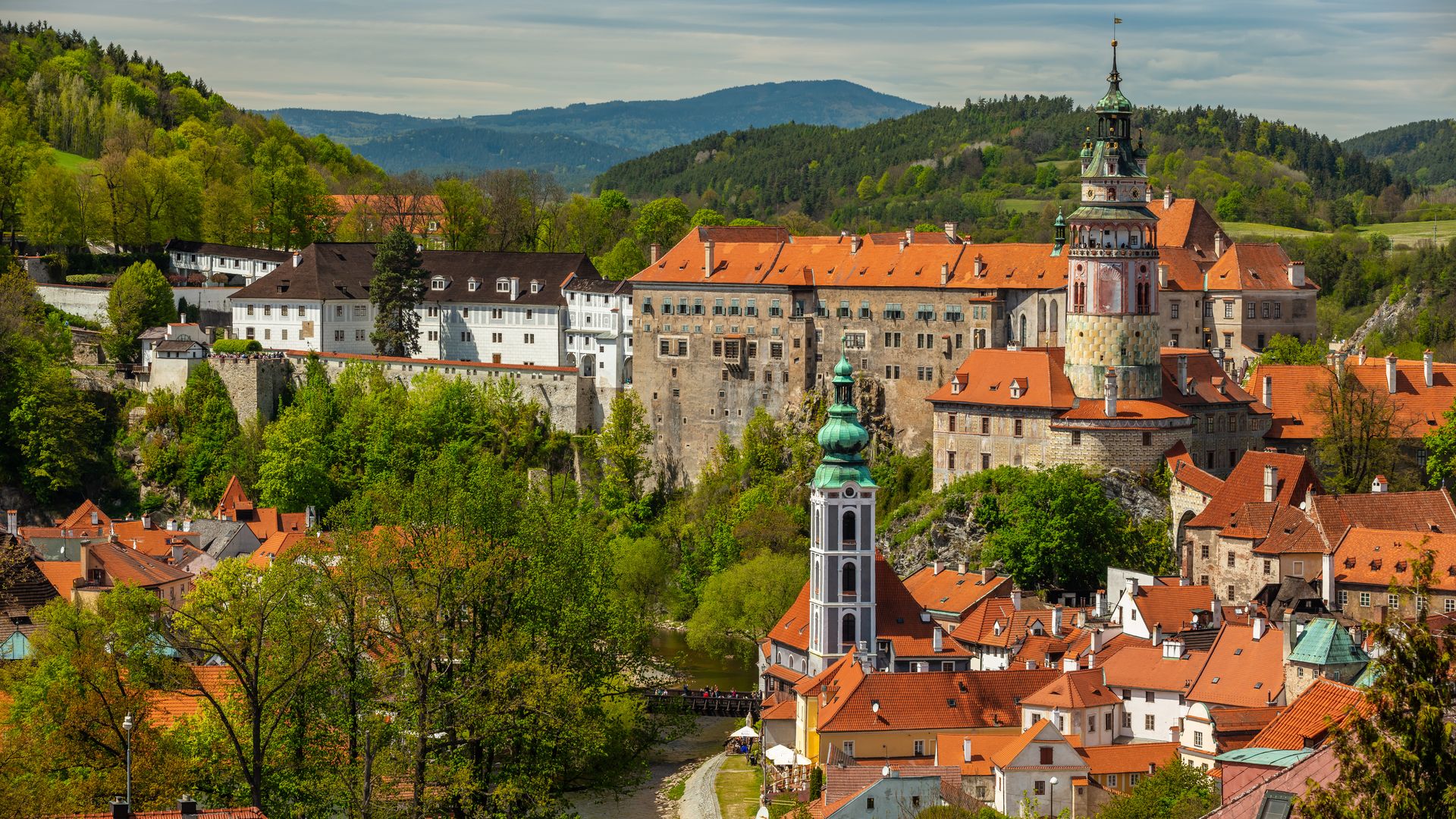Written by Matej Tyrpekl

Cesky Krumlov Castle
Cesky Krumlov Castle is located southwest of Ceske Budejovice in the South Bohemian Region and is a part of the UNESCO list of the World Heritage Sites. The castle shines in its architecture and cultural tradition, as well as being a well-preserved castle with an authentic layout, material structure, architectural details, and interior installation from 14th to 19th century.
The first settlement dates back to the Bronze age. The castle itself was established in the 12th century by the Vitkovec family and later in Renaissance style rebuilt and greatly expanded under the reign of the Rozmberks. In the 16th century, Petr Vok, the last member of the Rozmberk family, sold the castle to Rudolf II, Emperor of Vienna. As a result of the Thirty Years’ War, Cesky Krumlov suffered a stagnation of the economy and then converted into a Baroque seat. After the death of the Eggenberg family, Swarzenberg inherited the castle and contributed to the immense reconstruction.
Later in the 19th century, Cesky Krumlov Castle lost its role as a main residence of the Schwarzenberg family and has been uninhabited since then. In 1922, the castle was included on the list of the UNESCO World Heritage Monuments. The Czech Republic acquired ownership in 1950. The castle was declared a Municipal Preserve 13 years later. In 1986 it was marked as a National Monument.
The castle stretches along a promontory above Vltava River. It consists of 41 separate spaces and buildings and an ornamental castle garden. The castle and adjacent town are built in two artistic styles, Renaissance and Baroque. The most unique part is a fully preserved Baroque theatre with costumes, props, and scenery. Besides that, there are Renaissance and Baroque apartments open to the public, along with newly opened stables with sleigh and carriage collection, a Castle Museum in Gothic cellars, and an exposition of Czech and Central European glass, ceramics, as well as fine art.
The castle is under the administration of the Heritage Authority in the City of Ceske Budejovice which is responsible for castle maintenance, restoration works, castle tours, and arrangement of social and cultural activities. Also noteworthy is the Revolving Auditorium built along the castle gardens in 1958 by Latvian stage designer Joan Brehms.
For more information about the South Bohemian Region, from which this castle comes, click here and here.
NOTE: Many features on this website require JavaScript. You can enable JavaScript via your browser's preference settings.